Table of Contents
Home » Travel Guides » Cuba » Traveling Cuba?? What you need to know before you visit.
Traveling around Cuba is high on many traveler’s bucket lists. The old cars, architecture, music, and kind locals, these are just a few of the reasons I had such a strong urge to travel to this beautiful Caribbean nation.
Being in Cuba sometimes felt like I was in a time warp but I loved how much of a unique travel experience it was. With that, I think it’s important to have a bit of general information about traveling in Cuba before you depart. So below I’ll get into everything I learned along the way.
Once the U.S. travel restrictions began to ease, I know there was worry they’d start to influence the Cuban culture! I’d get there to see a McDonalds on every corner. This, thankfully, isn’t at all the case. We experienced a country that was full of life, culture, rhythm, and color.
One thing that sticks out the most is how friendly and helpful the locals are, from randomly welcoming us to their country while walking down the streets of Havana to booking accommodation and transport for us. The majority of people in Cuba speak Spanish and I speak very little Spanish. But this was never an issue because everyone took the time needed for us to understand each other!
We spent 10 nights in Cuba and on arrival only had the first two nights booked and just a rough idea of where we wanted to go. The Internet isn’t widely available in Cuba so you definitely need to do some research beforehand but I still think this is the best way to travel! You’ll have plenty of flexibility and I promise it’s really easy to get around.
Tips for traveling Cuba;
Airport:
We departed from Cancun airport on a direct flight to Havana. Obtaining a Cuban visa at the airport was super easy. As soon as we joined the check-in queue a member of staff approached us & asked if we required a visa. We did and it was just a matter of him filling in our passport details on the visa form and paying the required fee. Payment could only be made in cash, we paid one in Canadian dollars, $30CAD & another in U.S dollars, which converted to $20 USD.
On arrival into Havana, after you’ve cleared customs, there’s a security screening point you’ll need to clear & then baggage collection. We may have just got them on a sleepy day but there’s actually arrival forms you’ll need to fill out. At no point were these handed out. When we were waiting for our luggage I noticed that a few people from our flight getting turned away at the exit and going back to security. I went over to ask and they pull out a form from under their desk that everyone needs to fill out. I guess we needed to read minds that day haha.
Money:
Cuba has a two currency system, the Cuban Peso (CUP) and the Cuban Convertible Peso (CUC). The CUP is worth 25 times more than the CUC and as a tourist, you’ll be using CUC. Before arriving in Cuba I was slightly confused by the two currency system but basically tourist only deal with CUC and I was only ever quoted and charged in CUC.
Cuba will only exchange limited currencies, the two that generally have the best exchange rate are Euro and Canadian Dollar. You can exchange U.S. Dollars in Cuba however this will incur a 10% penalty fee. There are ATM’s, but they aren’t widely available. We had taken Canadian dollars. When exiting the airport terminal, turn left and there are currency exchanges.
Opposite the currency exchange is a taxi rank, to Old Town Havana we paid $25CUC. Everyone we asked was pretty consistent, quoting between 25-30CUC.
Accommodation:
Our first two nights we pre-booked at Hostel Peregrino, in their Old Town property. From there we were going to start our un-planned adventures traveling Cuba! The staff at Peregrino were really helpful in assisting us with planning and organizing our first stop. We told them roughly where we wanted to go, they gave us their advice and what would be the most cost-effective route to take. Of course, we took all the advice & within a few minutes they’d called a couple of their friends and our Viñales transport & accommodation were all sorted.
We stayed in Casas along the way, rooms in locals homes that they rent out to tourists. I chose this over staying in hotels because I figured you can stay in hotels anywhere in the world, I wanted a much more authentic Cuban experience. Also staying in Casas is much cheaper, rooms ranged from 20-40CUC per night. It’s also very flexible, as you can book at short notice, with no deposit required. Some advice we got at the beginning of our trip was to always book the minimum nights we’d stay opposed to our maximum. Then if we wanted to leave earlier or just didn’t like the room, it would never be an issue.
Booking a room was never a problem, our host always had a friend or knew of someone who had a room available! And they’d always be more than happy to call and make arrangements for us. We also had the Lonely Planet guide that listed recommended Casas.
Transport:
Traveling by Bus
Buses run between all major towns and cities all over Cuba. Prices start at 10CUC per person and the most we paid was 40CUC per person, which was between Trinidad and Varadero. They said tickets for the bus should be booked the day before you wish to travel, but one time we booked on the day and it wasn’t an issue.
Traveling by Taxi
If you’re not feeling the idea of a busy bus, there’s also the option of a taxi. Taxis will go to all the same places & if full, they’ll charge each of you the same price as a bus ticket. You can organize the taxi door to door as well. This is great if you’ve had your next casa booked for you and you don’t really have any idea of where it’s located.
The first trip we did in a taxi was from Havana to Viñales. It was door to door and we were lucky that the car wasn’t full so we had plenty of space. It was air-conditioned and probably saved us about 30 minutes in travel time. So no complaints there!
Our next journey was from Viñales to Trinidad and cost us 40CUC each, opposed to 37CUC on the bus. The first two hours were great, only 3 passengers in the car & had air-condition. We had settled in nicely for our 7-hour drive.
Then we pulled over at a restaurant on the side of the highway & had to swap into another car. Our first driver lived in Viñales, so he needed to go back home. It was still only the 3 of us in the car but there was no air-conditioning & the back windows didn’t go down. The mid-day sun was beaming in & it was becoming a sweatbox! Then about 1.5 hours out of Trinidad we pulled over again, along with two other cars and they shuffled everyone around. This time we were in a full car with no air-conditioning and very little space. Everybody was over it by the end and we wouldn’t consider getting another taxi. The only benefit was door to door service.
Food & Drink:
I had heard terrible things about the food in Cuba but I really enjoyed everything I ate, just the simple chicken, rice & beans were never a disappointment. Don’t be surprised though if you’re handed a 5-page menu and only a handful of things are available. I’m sure over time this will keep improving!
Before coming to Cuba I got some advice to bring a few snacks with me, muesli bars, nuts, or whatever. These little things are hard to come by while traveling in Cuba. I’m so glad we did, especially when we stopped at a petrol station during our 7hr drive to Trinidad & all they had for sales was ice cream, mayonnaise & alcohol. Huh?!?
Cuban’s make some amazing cocktails and they’ll top up the alcohol content until you’re satisfied!! Prices generally ranged from 3-6CUC. My favorite was the mojito but a true Cuban cocktail is a Canchanchara. To be honest it wasn’t very nice but gave a good buzz. I loved Cuban beer too, Bucanero & Cristal…. Mmm I miss Cuba. Beer prices were 1.50-2.50CUC.
Shopping:
Cuba isn’t somewhere you’d visit for shopping but in tourist areas, it’s easy to find shops and markets. Selling the typical T-shirts, bags, fridge magnets, etc, as well as some beautiful artwork. If you were after some Cuban Cigars, we were told to never buy these off the street as they’re generally fake.
Internet:
Believe it or not, there is internet in Cuba, it’s just not widely available when you’re traveling around! You’ll need to purchase an internet card. On the back, you’ll find the login details and there are Wi-Fi hotspots in most big hotels (not at Casas or Hostels) and in public areas. You’ll always be able to tell when you’re in a public hot spot because suddenly they’ll be a large number of people on their phones. The cards last for 1 hour and we’d pay between 2-5CUC, depending on who was selling it. The internet was very slow and would regularly cut out. I recommend taking a Lonely Planet guide with you, it helped us out a lot, especially when google wasn’t available.
Medicine & Toiletries:
Everything you think you’ll need, take with you. Cuba doesn’t have supermarkets or corner stores that sell things like sunscreen, Panadol, tampons, or moisturizers so buying things like this is near impossible (especially if you don’t speak Spanish)! Save your energy and come prepared.
Cuba is a slow-paced country with so much to offer. Be open to things being possibly a little bit different from what you’re used to and I’m sure you’ll find the beauty & uniqueness something to really admire.
For a rundown of our itinerary click here.
I hope my Cuba tips help you out before and during your travels. Please share this blog with anyone you know traveling to Cuba.
Thanks for reading,
Que Tengas Buen Viaje.


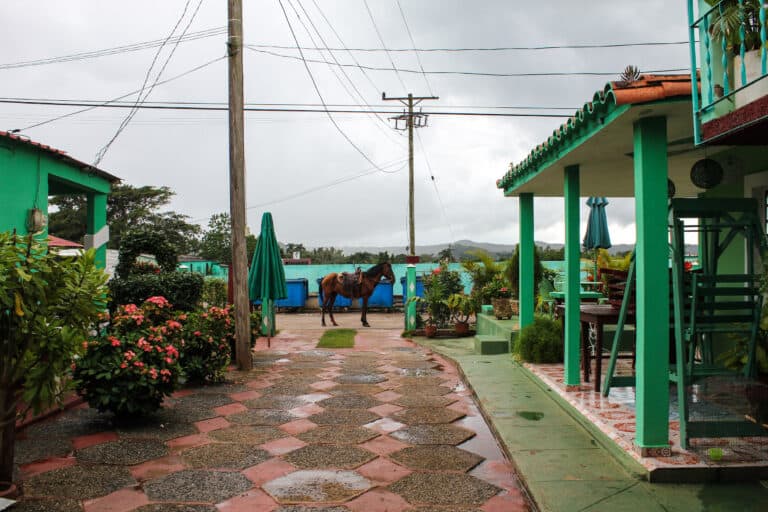
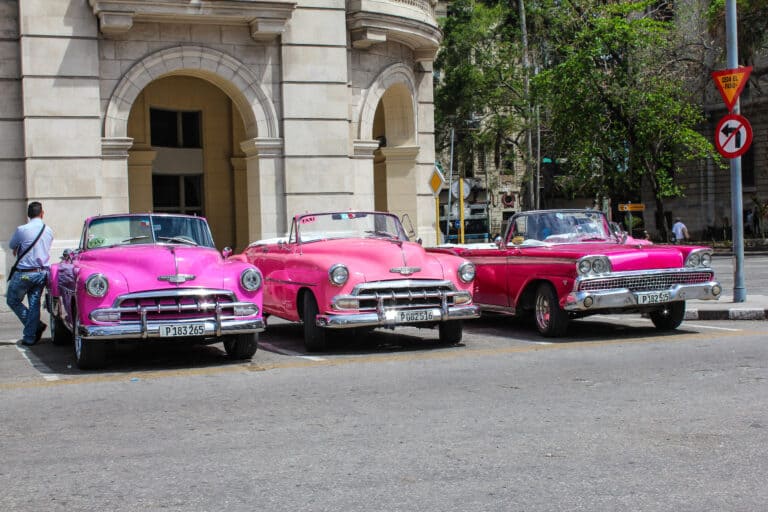

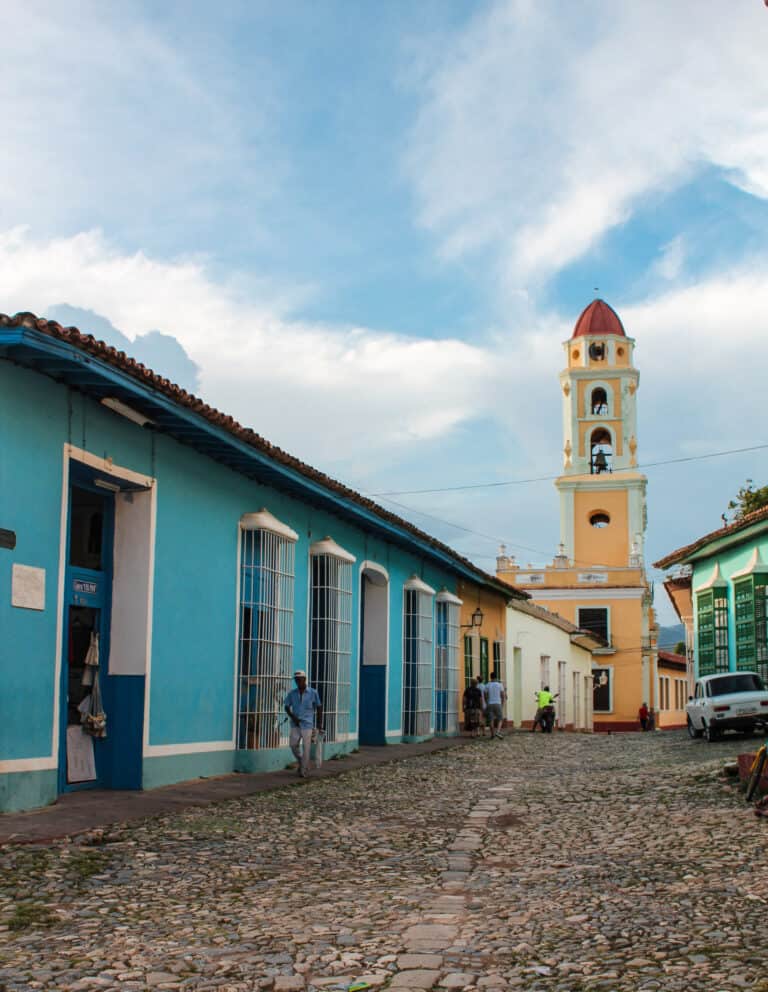
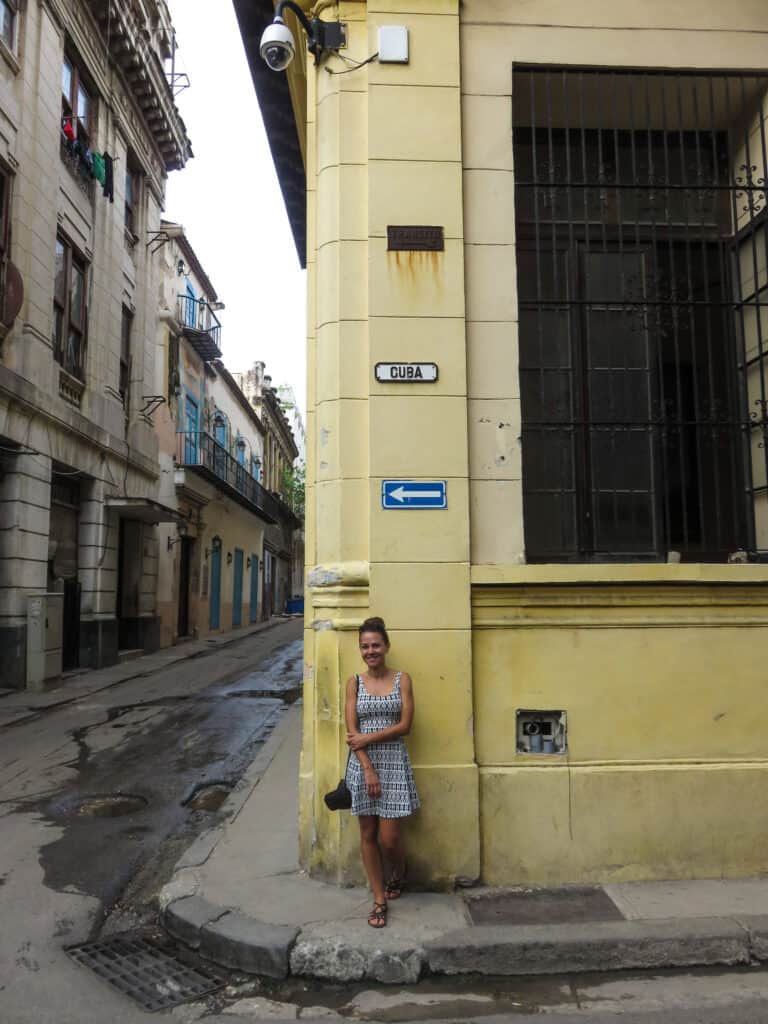
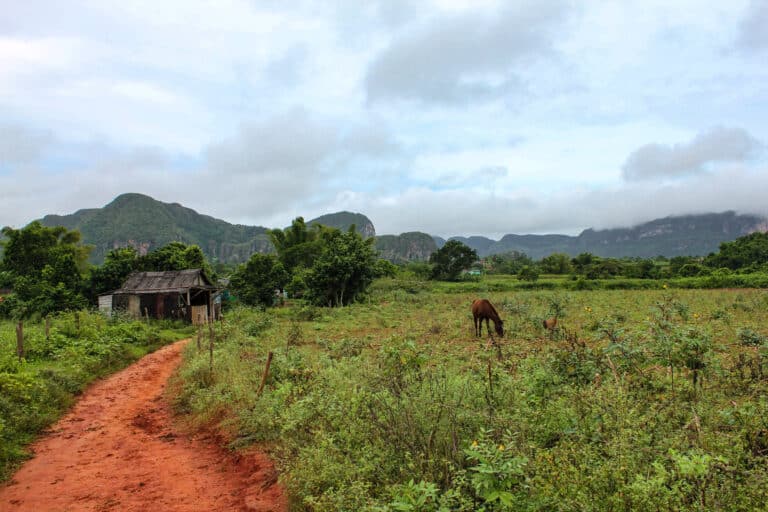

Like this article?
Pin It!
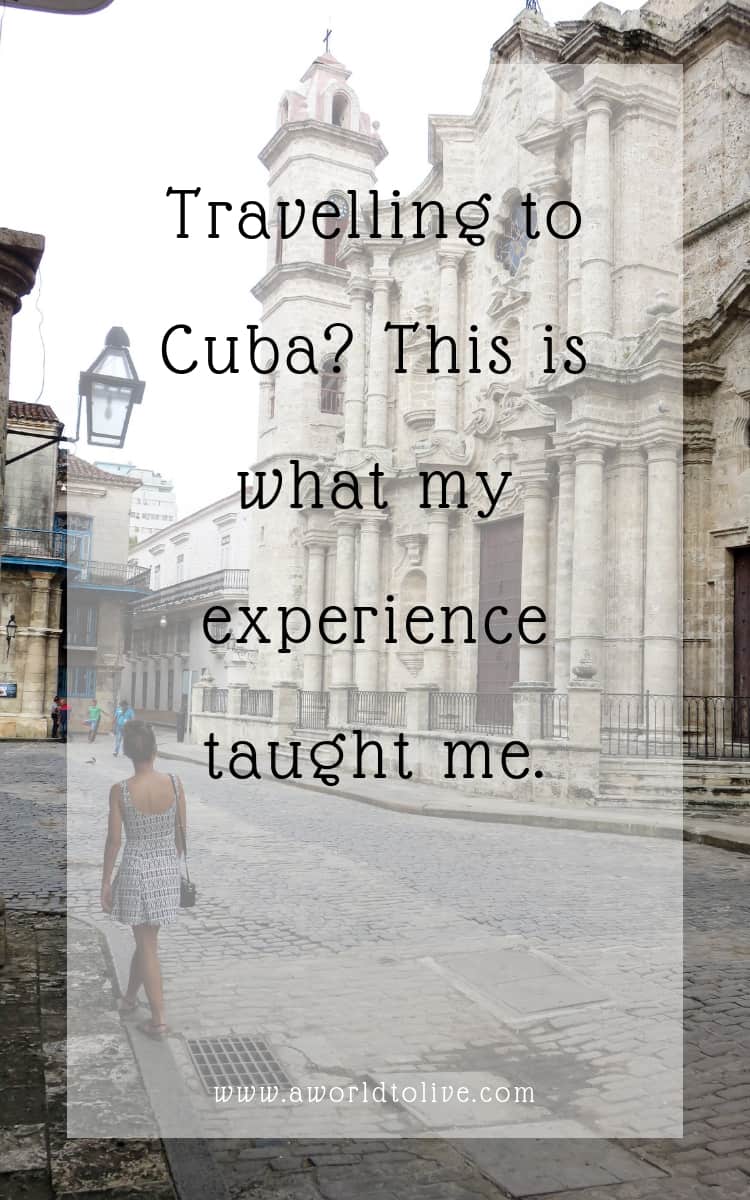

Elyse is the author & content creator behind A World To Live. After traveling to over 40 countries, she has a passion for discovering new places. Elyse is a money-conscious traveller who loves writing independent travel guides to help her readers get the most out of their travels.
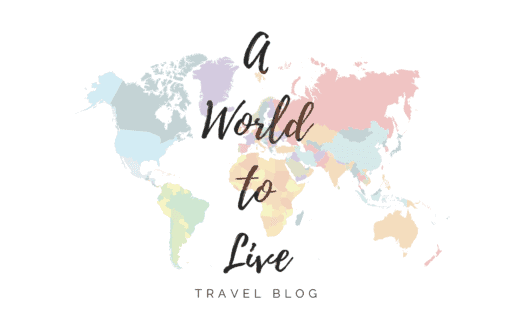
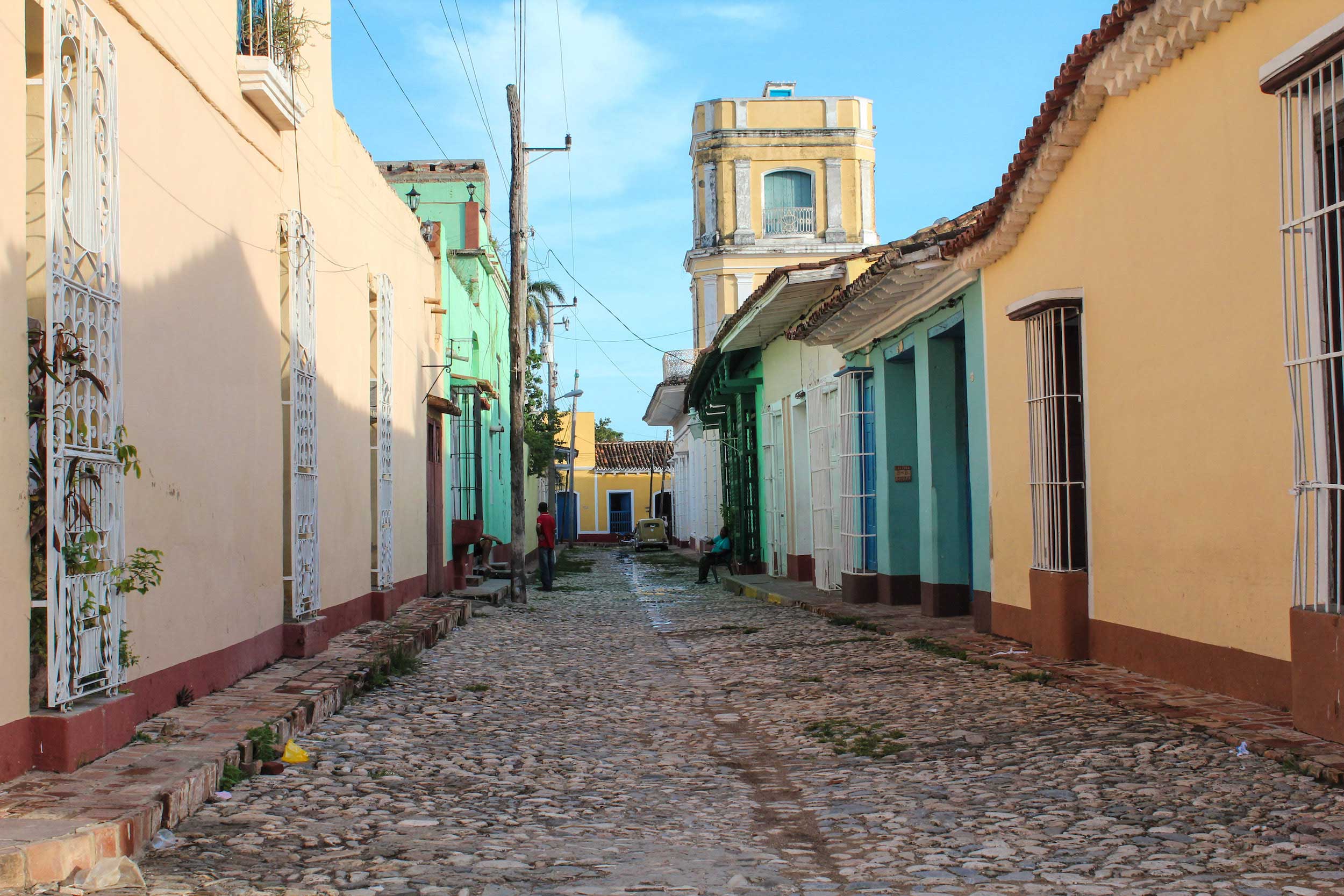

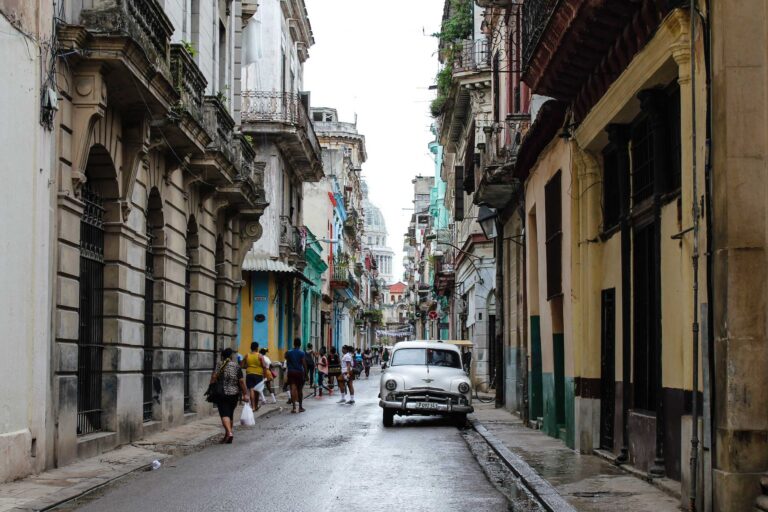

These are all great tips. I’m hoping to visit Cuba in 2019.
Thanks so much Cherri, happy to help. I’ll be posting another Cuba blog this Monday too xo